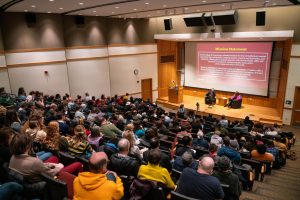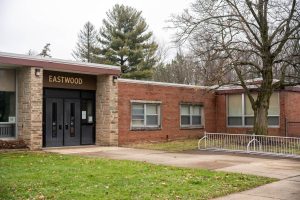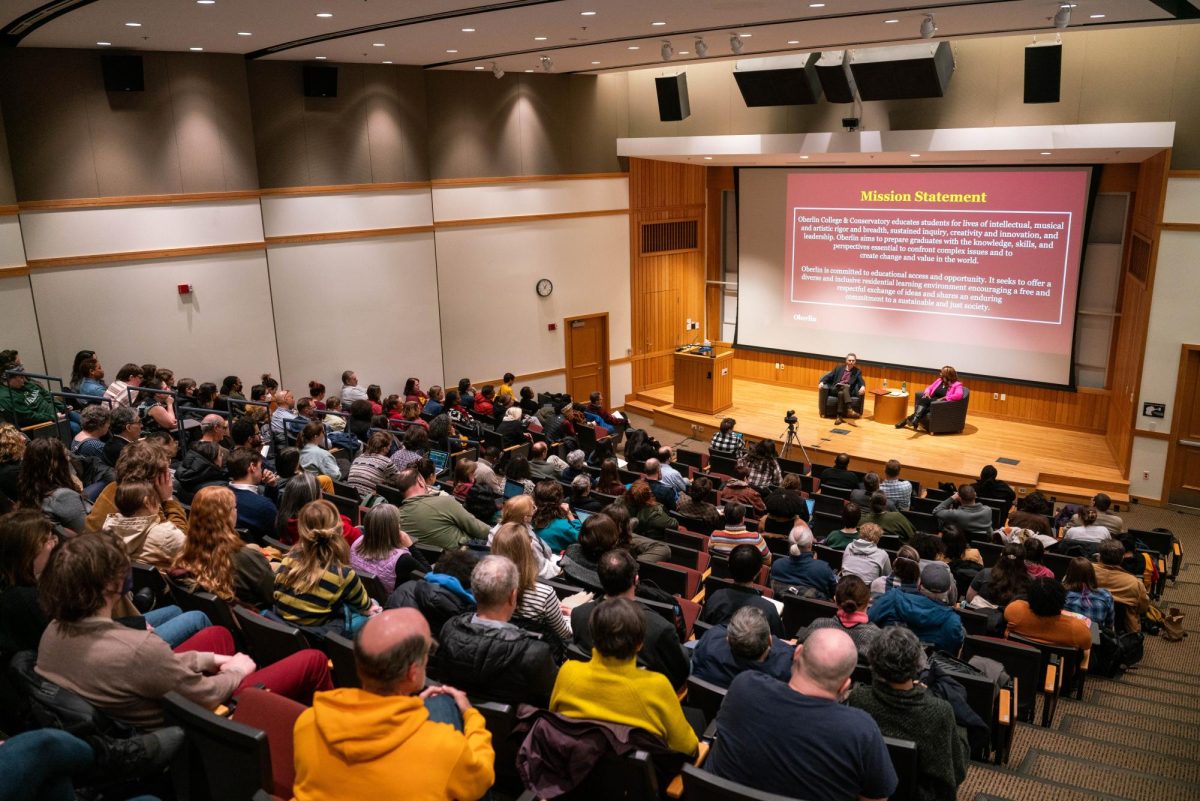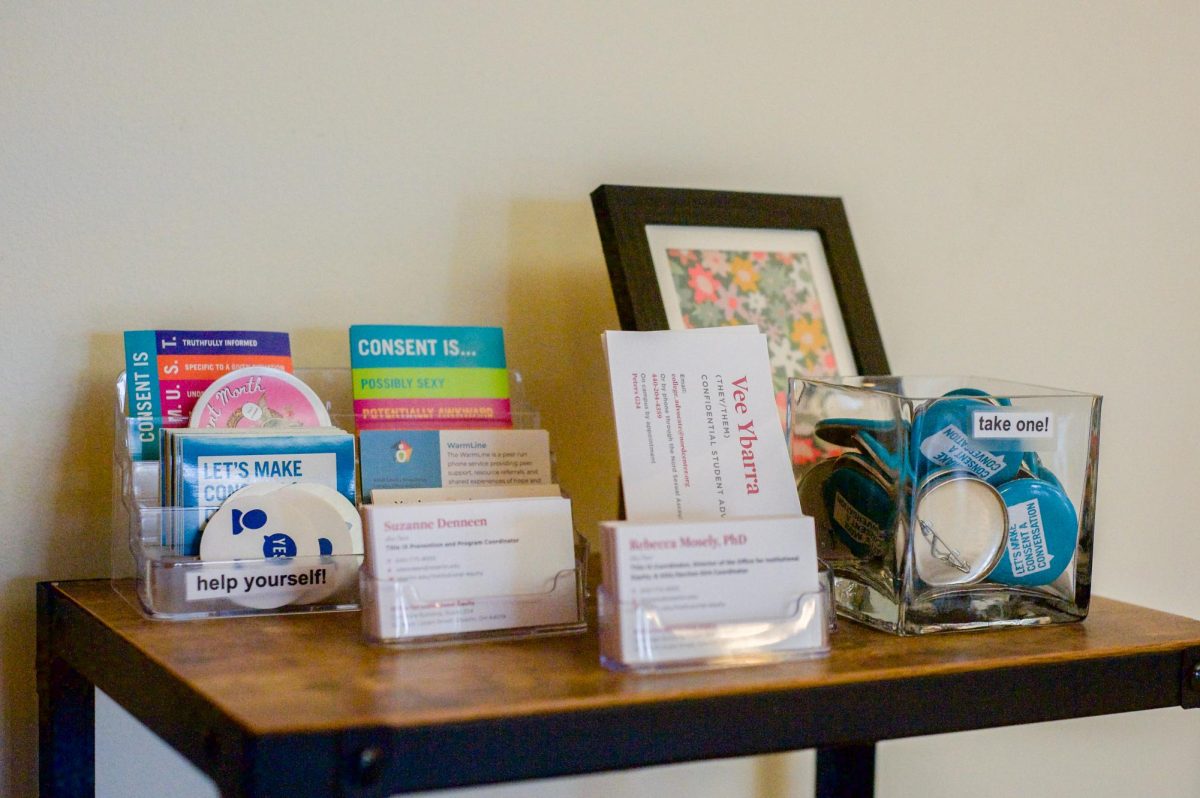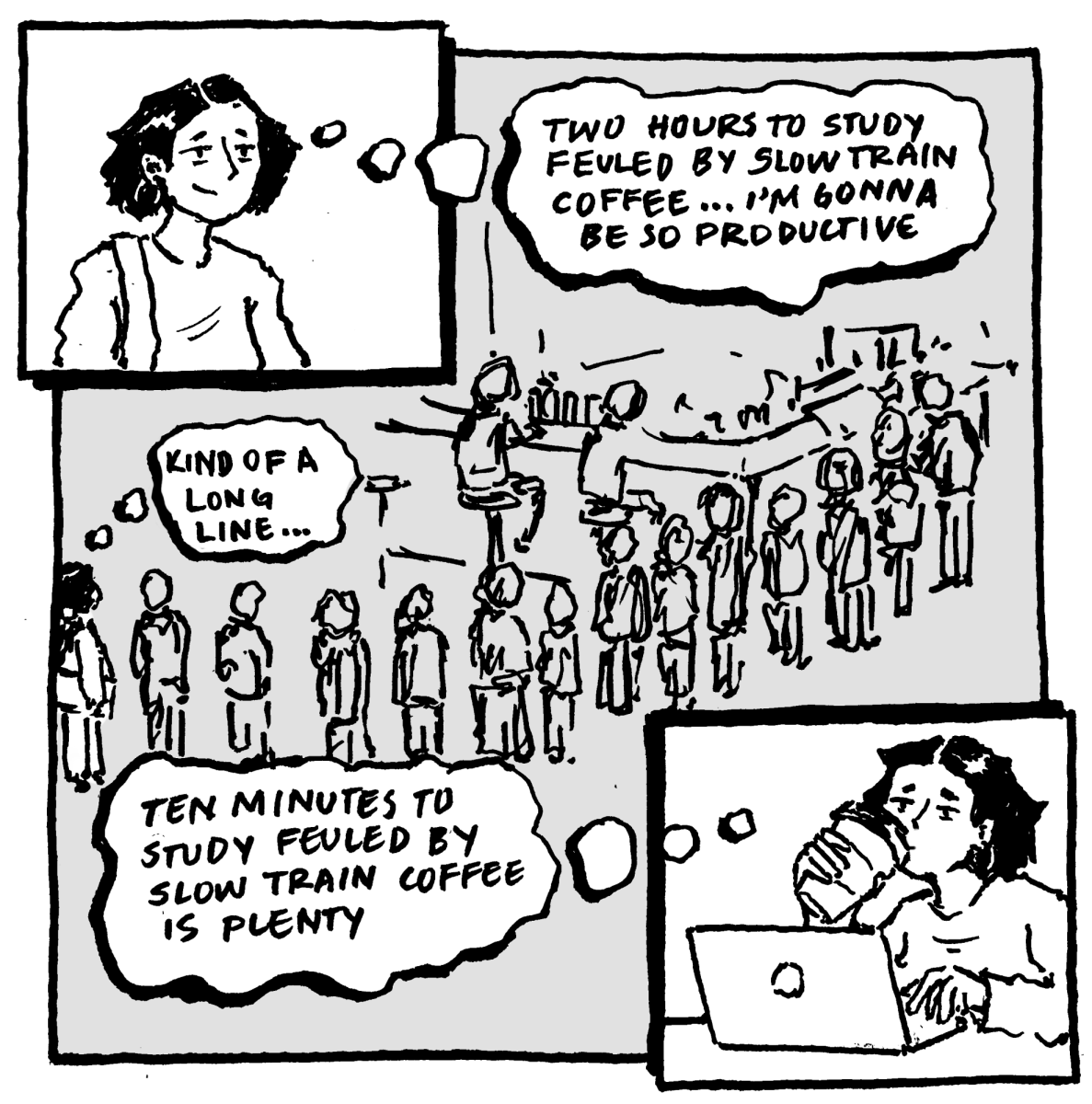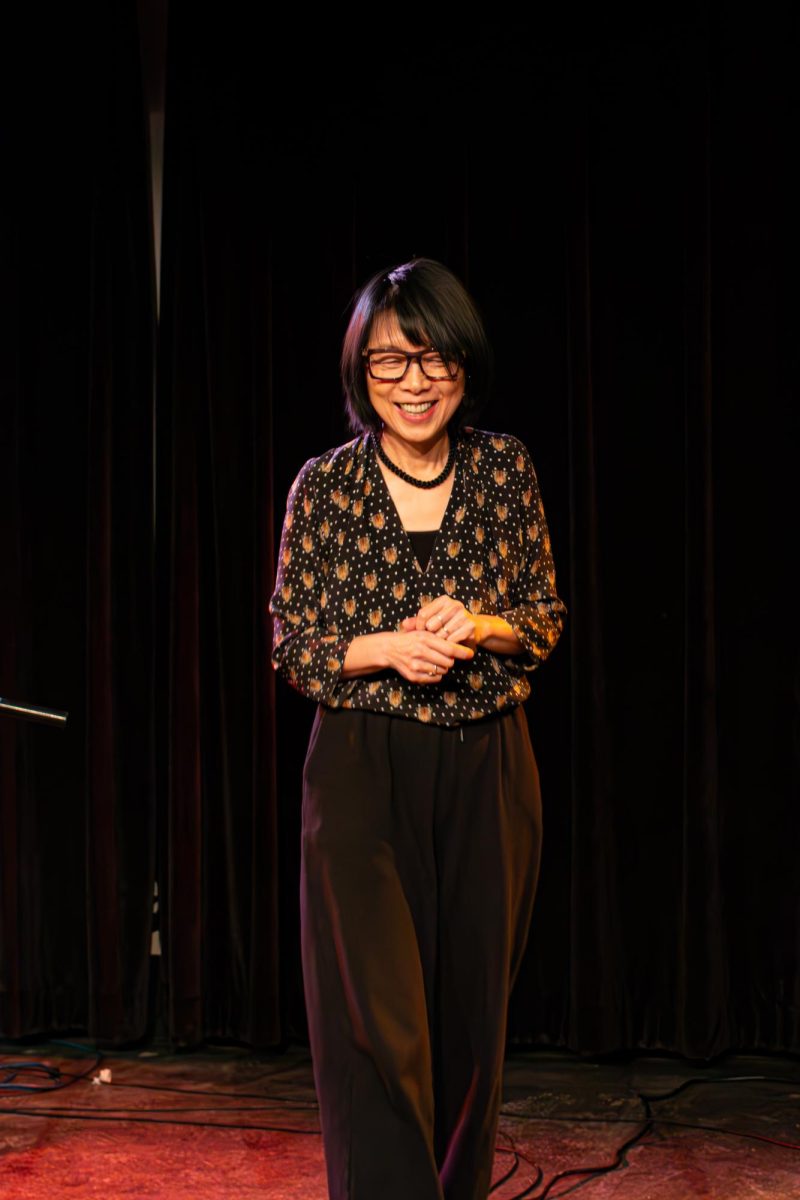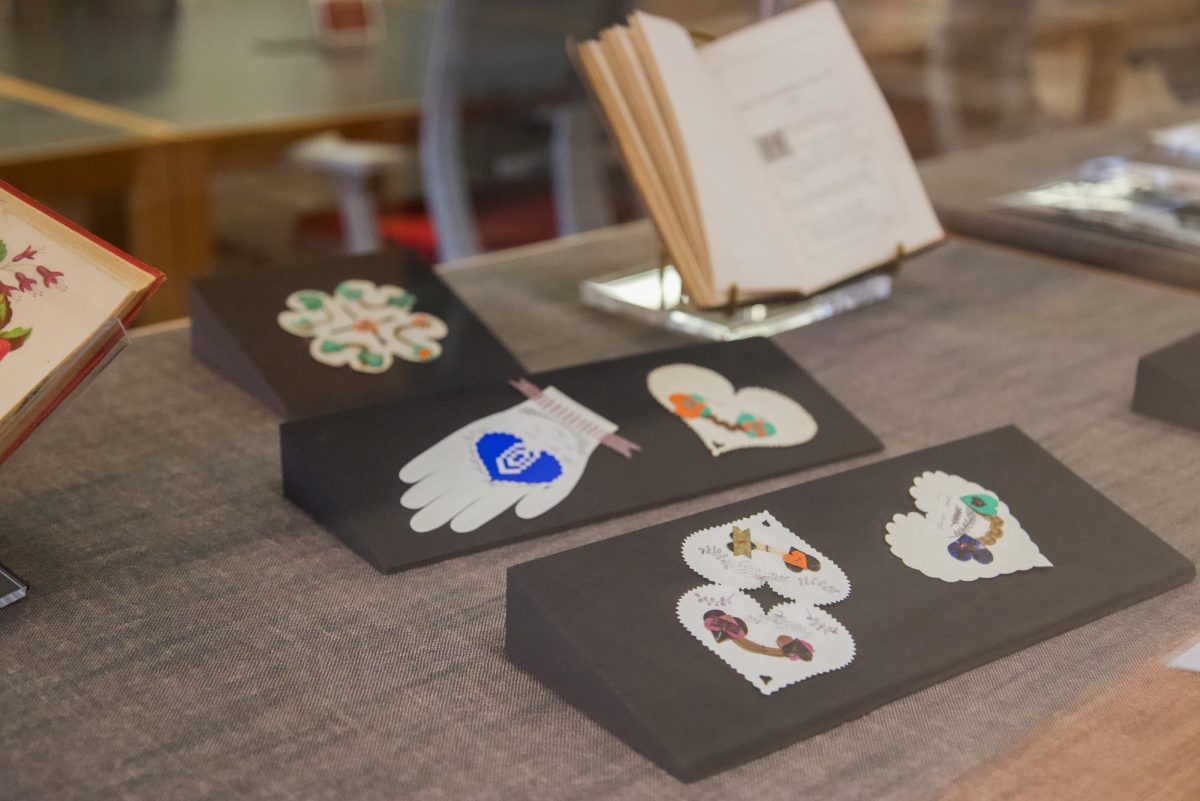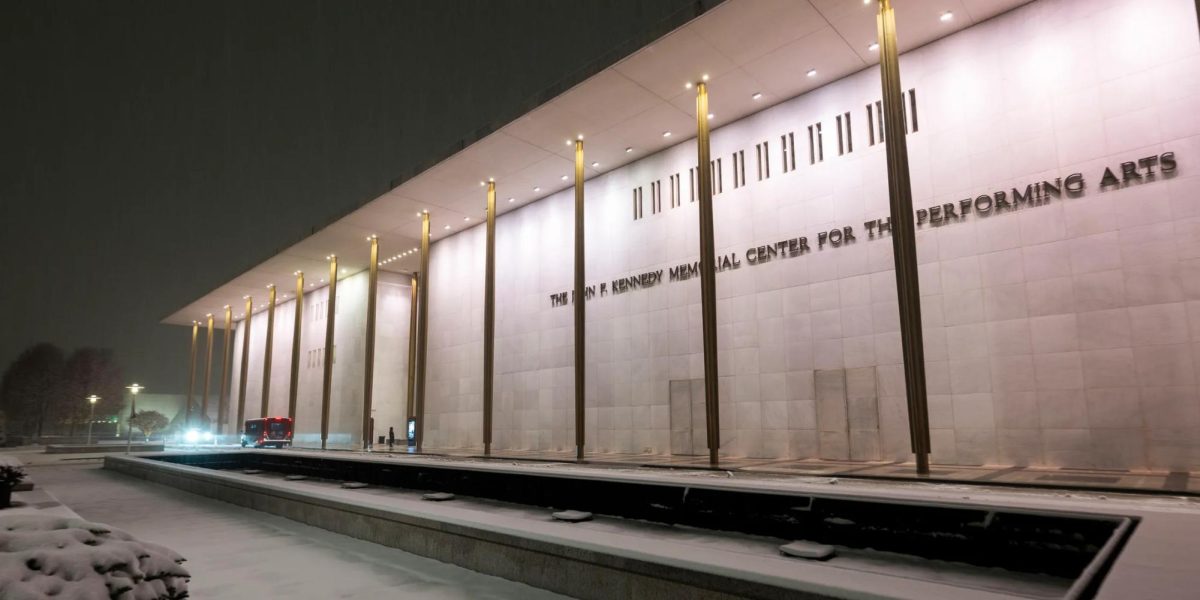Community Symposium Provides Forum for Student Concerns
April 22, 2011
The Community at Oberlin Symposium kicked off last Sunday, April 17, with a panel discussion titled “OBerlin Wall?: Perspectives on a North/South Campus Divide.” The 30 students in attendance expressed their observations and frustrations on the stereotypes that exist of north and south campus residents, the different communities built within them and how to simultaneously unite and diversify the entire spectrum of campus life, among other issues.
The Symposium, organized by the Oberlin College Student Senate, is an ongoing two-week panel series on topics that students thought needed addressing in a public forum, according to responses to the Fall 2010 Student Senate referendum. The panels are composed of Senate members and students interested in the given topic, but their purpose is to provide an opportunity for more wide-scale discussions of the campus issues that Obies already find important and talk about with their friends –– a community-wide sharing of ideas, opinions and plans of action.
“After reading the responses from the referendum, I found out that things that I wanted to talk about, a decent amount of students also wanted to discuss,” said College sophomore and Student Senator Ilyssa Meyer. “There was [an] underlying theme of community, and it wasn’t just me,” Meyer said.
Meyer, along with the Senate Events Coordinators, Conservatory junior Rebecca Hargrove and double-degree sophomore Mandy Hogan, was largely responsible for organizing the individual events. College junior Gracy Amber is generating buzz on the discussions with the chalkboard-mounted display in the Mudd Library Academic Commons, on which students can submit anonymous comments and feedback; this allows panel members to guide discussions more effectively, according to what students want to talk about. The installation is the first of its kind in garnering direct communication with students and community members –– the display changes in anticipation of each new discussion.
Before “Redefining Safe Spaces,” for example, Amber posted a map of Oberlin campus and asked passersby to mark with pins where they considered their safe space to be. This second discussion, held in Wilder on Monday, was attended by about 150 students over the course of the evening. The Senators wanted to center the talk around the Dascomb graffiti incident that had occurred the previous weekend and proved controversial on campus.
“People were clearly angry, and it was an appropriate, timely forum,” said Meyer. What had originally been planned as a discussion of the historical significance of safe spaces and what they mean on campus became a safe space itself, where students who were hurt and outraged by the graffiti could process what happened together and brainstorm how to move forward and properly address the issue with the student body at large.”



